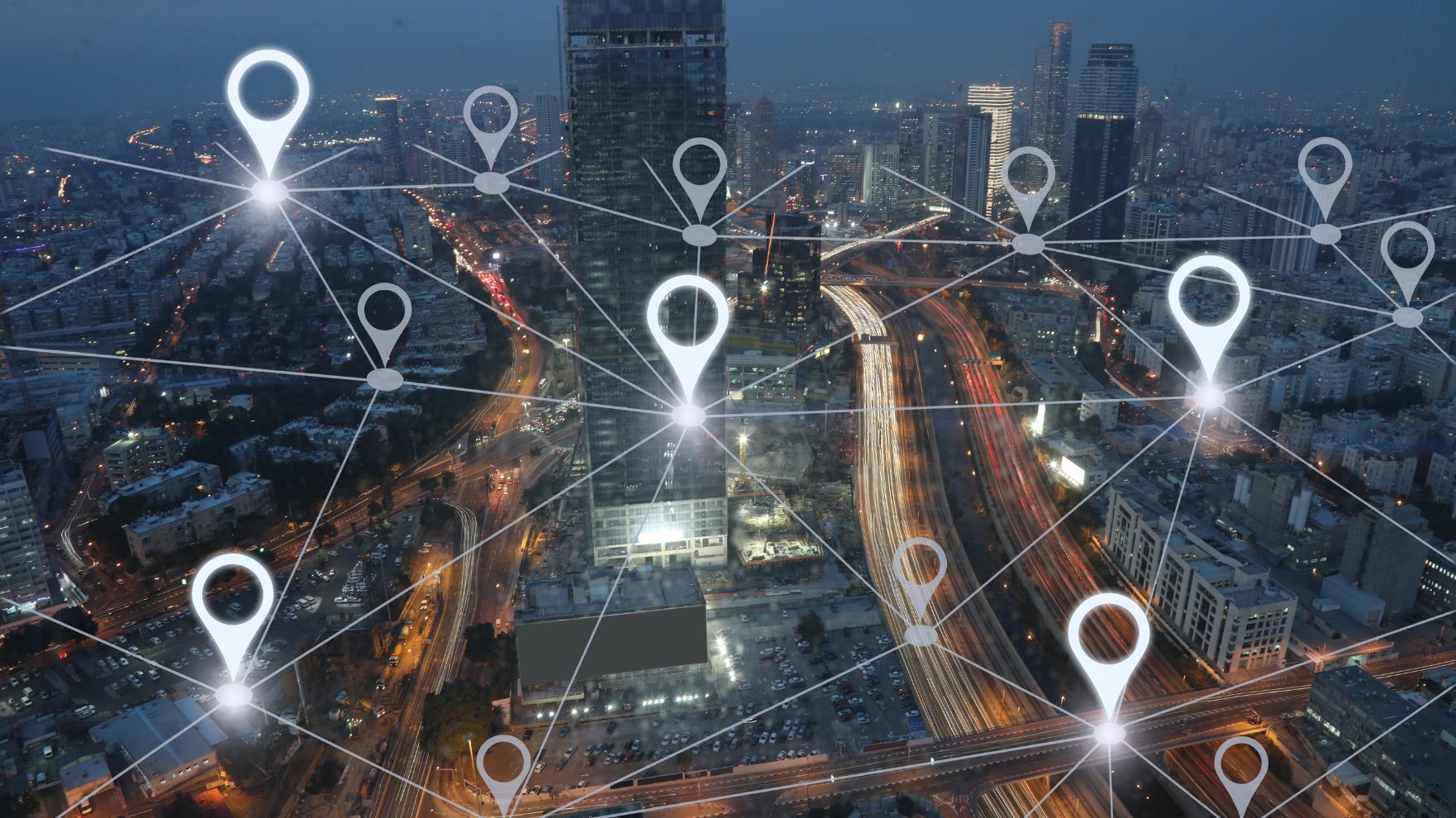Walking through an extensive airport, dereliction to a hospital, or failing an entire shopping mall-level shopping. Instead of squinting at static maps or fumbling with confusing signage, one glance at one’s phone or perhaps a pair of smart glasses to watch bright arrows, icons, and labels overlapping the real world, in which they are led effortlessly to their destination.
This is not science fiction. This is fast becoming the true reality of AR navigation, which will be an absolute game-changer in the way we move through highly complex indoor spaces.
Why AR is the Missing Link in Indoor Wayfinding
The limitations of conventional methods are glaring. Static maps can’t update in real-time. Mobile apps relying on Bluetooth beacons or Wi-Fi triangulation often lack visual context. And let’s be honest: no one wants to stare at a 2D diagram while navigating a crowded convention center.
AR navigation solves these pain points by anchoring directions to the real world. Think of it as having a friendly local guide projected into your field of vision.
Need to find Gate 12B in an airport? AR highlights the path on your screen, complete with distance markers and estimated walk times. Searching for a specific product in a mega-store? AR tags aisle locations as you scan the space. Contrastingly, conventional accessibility systems with signs and symbols still create confusion for first-time entrants.
The Silent Revolution in Retail, Healthcare, and Beyond
Industries are waking up to their potential. Retailers, for instance, are using indoor wayfinding to merge navigation with personalized shopping experiences.
You walk into a department store, and AR not only directs you to the shoe section but also flashes a promo for your favorite brand. Hospitals are adopting AR to help patients locate clinics faster, minimizing missed appointments. Even museums are experimenting with AR-guided tours, where exhibits come alive as visitors approach them.
The technology’s adaptability is its superpower. Unlike rigid signage, AR navigation can adapt to real-time changes, like a closed hallway or a sudden event, ensuring users always receive accurate guidance. For businesses, this means fewer frustrated customers and streamlined operations.
Breaking Down the Tech: What’s Fueling the AR Navigation Boom?
Two advancements are driving this shift. First, indoor navigation solutions are becoming more sophisticated. Technologies like LiDAR (Light Detection and Ranging), improved computer vision, and spatial mapping enable devices to understand indoor environments in 3D.
Second, AR hardware is finally hitting its stride. While smartphones remain the primary platform, lightweight AR glasses from companies like Apple and Meta promise a hands-free future.
Challenges Ahead: Privacy, Adoption, and the Human Factor
Of course, hurdles remain. Privacy concerns top the list. Indoor wayfinding requires precise location data, raising questions about how businesses collect and use visitor information. Transparency will be key, users need clear opt-in policies and data protection guarantees.
Then there’s the adoption curve. While tech enthusiasts embrace AR, mainstream audiences might need time to trust it. Skepticism about battery drain, accuracy, or distraction in busy spaces is valid. Early implementations must prioritize user education and flawless performance to build confidence.
Lastly, AR shouldn’t overshadow human-centric design. The best indoor navigation solutions complement, not replace human intuition. A hospital’s AR system might guide a visitor to the ICU, but warm, staff-led assistance remains irreplaceable in emergencies.
The Road Ahead: Blending Digital and Physical Realities
Looking forward, the line between physical and digital navigation will blur further. Imagine AR systems that learn your preferences: a mall app that remembers your favorite stores or an office building that guides new employees to their desks while highlighting break rooms and exits.
Integration with other technologies will amplify impact. Pairing AR with voice assistants could enable hands-free queries (Where’s the nearest restroom?). Machine learning could optimize routes based on crowd density or user behavior.
Global rollouts of 5G will enable low-latency connectivity to make all AR experiences more fluid and responsive.
Final Thoughts:
In fact, the future of AR navigation is beyond a mere gimmicky tech application, it is also about creating environments that feel more human, intuitive, and inclusive. Be it a tourist exploring a historic site or a parent rushing through an airport with a stroller, augmented reality encourages confidence in moving.
For businesses, the message is loud and clear: Indoor wayfinding technologies will undoubtedly pave the way for early adopters to enjoy a competitive advantage in providing visitors with above-frictionless experiences that simply culminate leads to satisfying their needs.
Thinking about installing state-of-the-art AR navigation or indoor navigation solutions in your venue? Limina Studios, based in Dubai, develops custom-made AR wayfinding systems specially designed for retail, healthcare, and hospitality venues. With our capability of merging technology with human-centric design, we become an outstanding partner in future-proofing your navigation strategy.






















